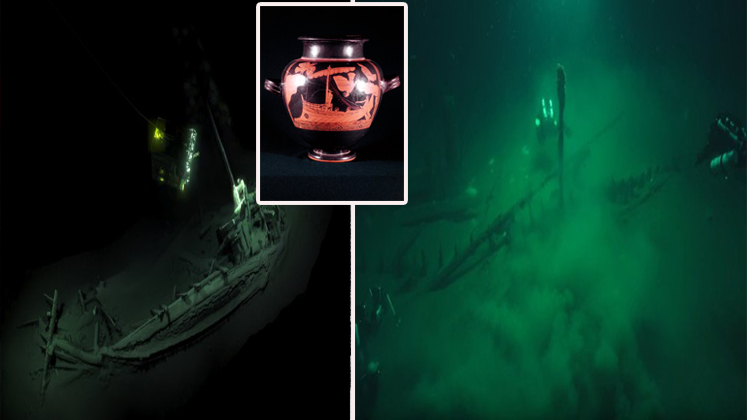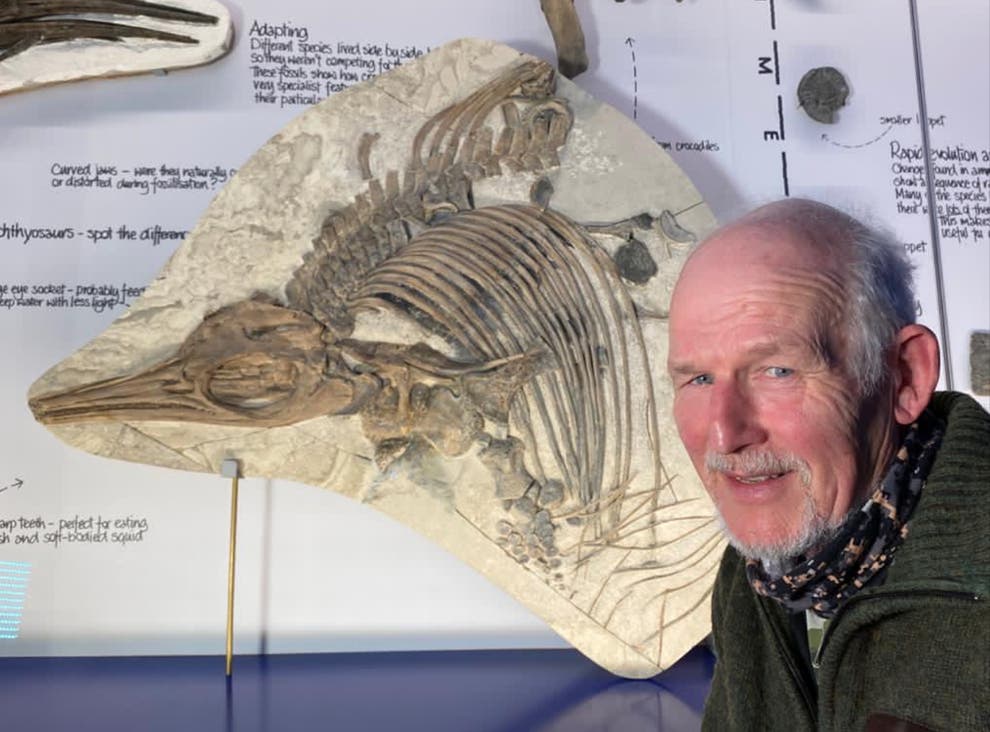Scientists are using the James Webb Space Telescope (JWST) to search for signs of life on Proxima B, an exoplanet 4.24 light-years away, potentially revealing evidence of alien civilizations. With over a quadrillion planets in our galaxy, the odds of life elsewhere are significant, and Proxima B, discovered in 2016, is a prime candidate due to its Earth-like traits and location in the habitable zone of its star, Proxima Centauri.
Exoplanets, planets beyond our solar system, were historically difficult to study due to limited technology. Before JWST, scientists relied on techniques like transit photometry and Doppler spectroscopy. JWST, the most powerful telescope ever built, uses gold-coated mirrors to peer through dust clouds, capturing infrared light to form unprecedented images. Proxima B, orbiting Proxima Centauri—the closest star to our Sun—is a key target. It has a mass 1.27 times Earth’s and orbits its star, 44,000 times fainter than our Sun, at 4.6 million miles, 5% farther than Earth’s distance from the Sun. Scientists believe liquid water could exist on its surface, and landforms like mountains may be present.
Proxima B is tidally locked, with one side in perpetual daylight and the other in darkness, similar to Earth’s Moon. This unique setup has led researchers, including Harvard astronomer Avi Loeb, to hypothesize that artificial light from an advanced civilization could illuminate the planet’s dark side. JWST will analyze light curves from both sides to detect such signals. A 2016 radio signal from Proxima B, detected by a Sydney, Australia, telescope for 30 hours, further fueled interest. The signal, which vanished when the antenna was redirected, remains unexplained, marking the first potential extraterrestrial transmission received.
High X-ray and UV radiation on Proxima B’s bright side challenges habitability, yet the possibility of life persists. The Search for Extraterrestrial Intelligence (SETI) scans over 20,000 red dwarf stars, including Proxima Centauri, using tools like the Allen Telescope Array. To explore Proxima B further, the $100 million Breakthrough Starshot project aims to send a laser-propelled nanocraft, traveling at 20% the speed of light, to the system. This could reduce the journey from thousands of years to about two centuries.
Other exoplanets, like Kepler 452b and Kepler 186f, suggest Earth-like worlds are common. A 2012 study estimated 22% of Milky Way stars, similar in size to the Sun, may host Earth-sized planets, implying billions of potentially habitable worlds among the galaxy’s 200 billion planets. Proxima B’s proximity makes it a critical focus for study, promising exciting discoveries about life beyond Earth.























